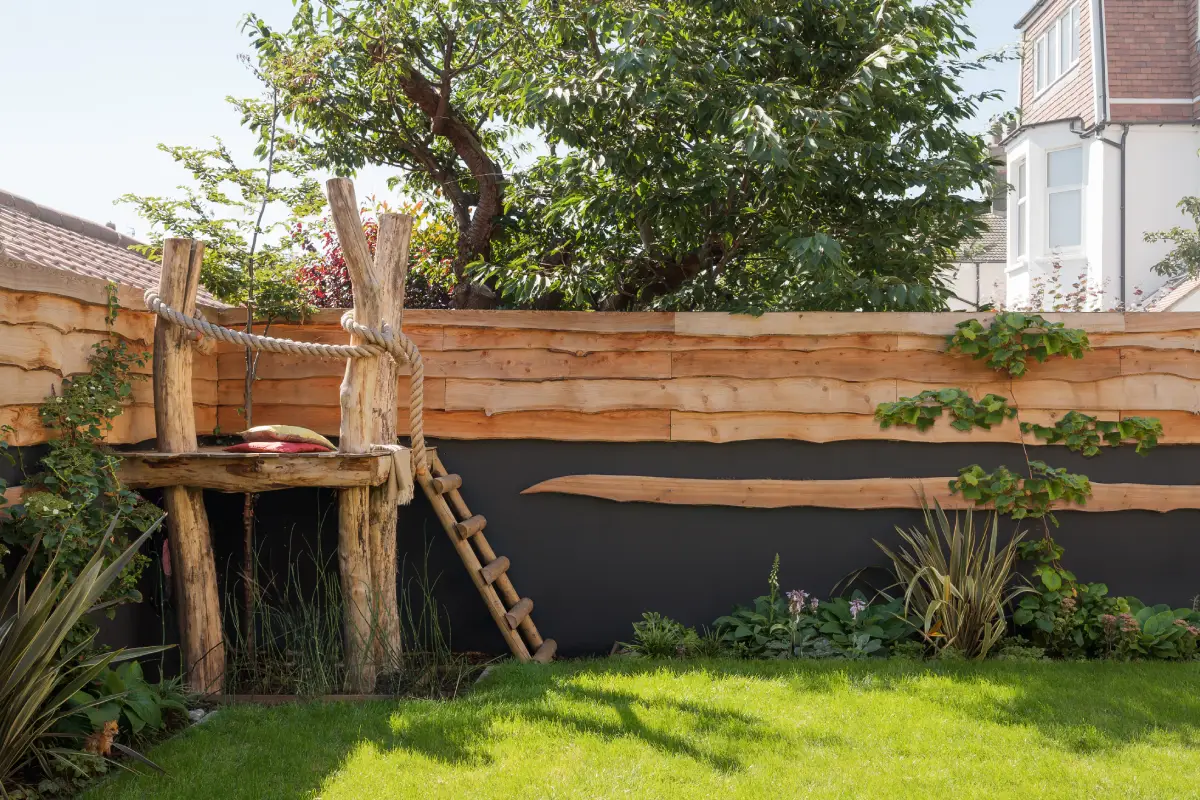Discovering the secrets to a cohesive garden...
Garden landscaping design is both an art and a science, requiring a harmonious blend of creativity and practical knowledge. Any garden space, big or small, needs to be maximised and treated well in order to get your ideal outdoor living space. A well-designed garden not only enhances the aesthetic appeal of your outdoor area but also creates a sanctuary that reflects your personal style and complements the surrounding environment.

In this article, we delve into the key principles of garden landscaping design, providing insights to guide you in crafting a timeless and captivating outdoor haven. Often, creating something special comes down to the fine details of the design and ensuring you can make inspired and educated decisions can really help a garden flow.
Understanding your garden
Before embarking on any garden landscaping project, a thorough site analysis is essential. This involves assessing the soil quality; drainage patterns; sunlight exposure, and microclimates within the space. You also need to be realistic and consider the existing vegetation and structures that may influence your design. Too often, garden landscaping design falls apart due to designing for the space you want rather than the space you have. This comprehensive understanding of the site serves as the foundation for informed decision-making throughout the design process.
Functionality and Purpose: Form Follows Function
This is an absolutely essential step in any garden landscaping design and one that is often overlooked in the excitement of inspiration; you must define the purpose of your garden space and its intended functions. It’s a common aspect of most modern design and for good reason. Whether it's a serene retreat, an entertaining area, or a vegetable garden, the design should align with the space's primary purpose. This doesn’t mean that your space has to be hamstrung by its function but if you work only towards form, you will quickly find that while your space is nice to look at, it’s not a nice place to be. To ensure that your space is both beautiful and livable, balance aesthetics with practicality, ensuring that the layout facilitates easy navigation and use while maintaining the desired visual appeal.

Unity and Balance
In order for your landscaping design to really sing, establish a cohesive design palette that unifies the various elements within your garden. You can do this by considering colour schemes, textures, and forms that complement each other, creating a harmonious and visually pleasing composition. Unity in design brings a sense of order and coherence to the overall aesthetic, enhancing the beauty of the space. Balance is a fundamental principle in garden landscaping design, encompassing both symmetrical and asymmetrical arrangements. Achieving balance involves distributing visual weight evenly throughout the space, whether through plantings, hardscapes, or decorative elements. Strive for equilibrium in colour, size, and form to create a well-balanced and inviting atmosphere.
Rhythm and Repetition
Repetition is often feared in design but a lack of intended repetition can make a space too jarring and noisy. Introduce rhythm and repetition into your garden landscaping design to guide the viewer's gaze and create a sense of movement. Repeating key elements, such as plants, colours, or structures, establishes a visual rhythm that adds interest and cohesiveness to the overall composition. Thoughtful repetition helps unify the design and reinforces key focal points in your garden and can be particularly impactful when working with a central focus point such as a water feature.
Create Visual Contrast
An often misunderstood element of any design is contrast. Contrast should be used to highlight key features and add visual interest. It also doesn’t always have to be through colour. Different sizes and textures should be implemented to allow elements to really pop. Striking a balance between harmony and contrast allows your garden to avoid a feeling of sameness and ensures that the garden design captures attention while maintaining an overall sense of unity.
In the realm of garden landscaping design, these principles serve as the guiding framework for creating captivating and enduring outdoor spaces. Turning inspiration into design into reality is a multi-layered process and implementing clever choices with what you have available allows you to be ultimately successful and satisfied rather than chasing an impossible dream. For help turning your vision into reality, consult with our garden landscaping experts in Brighton today!




